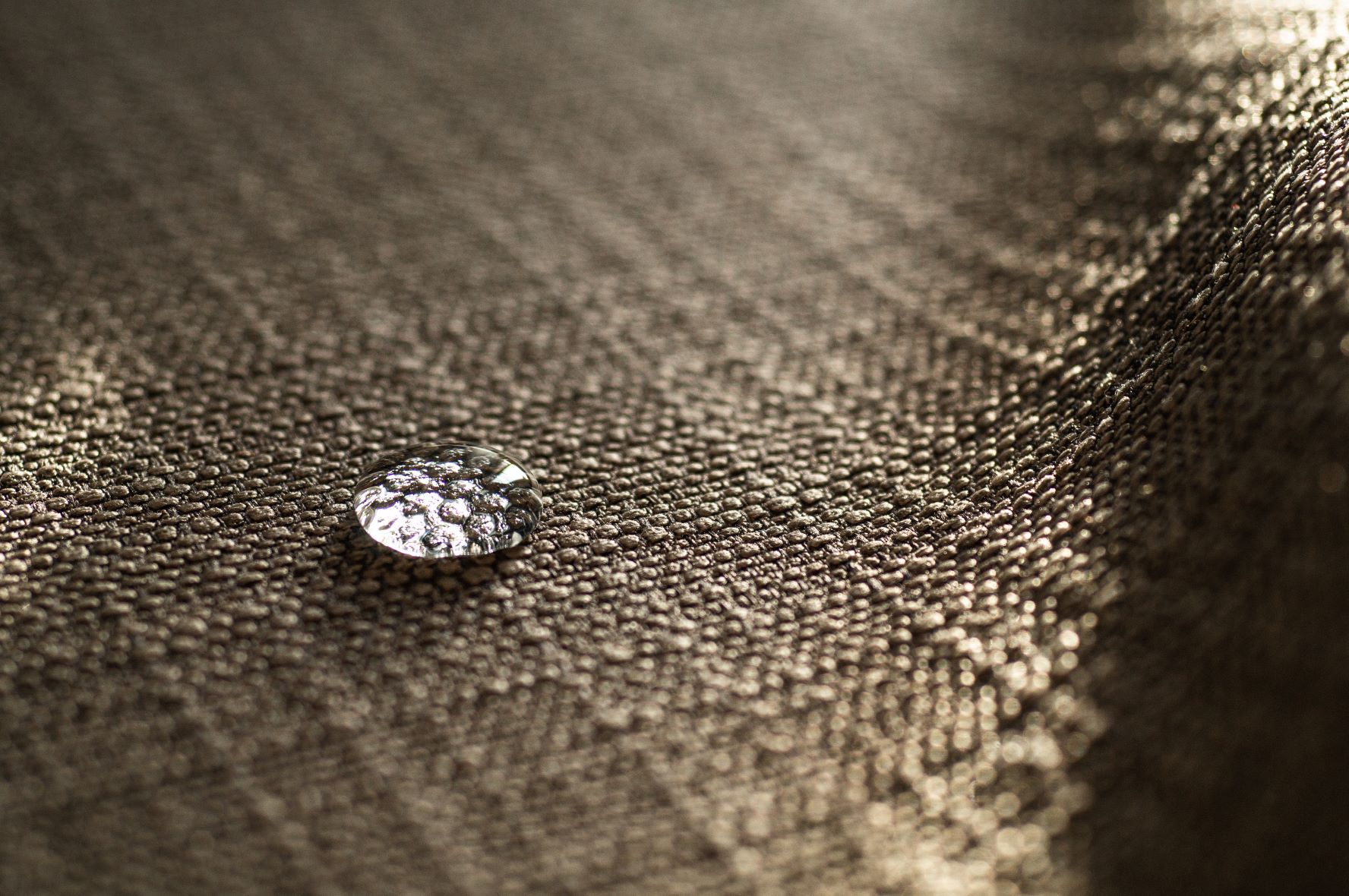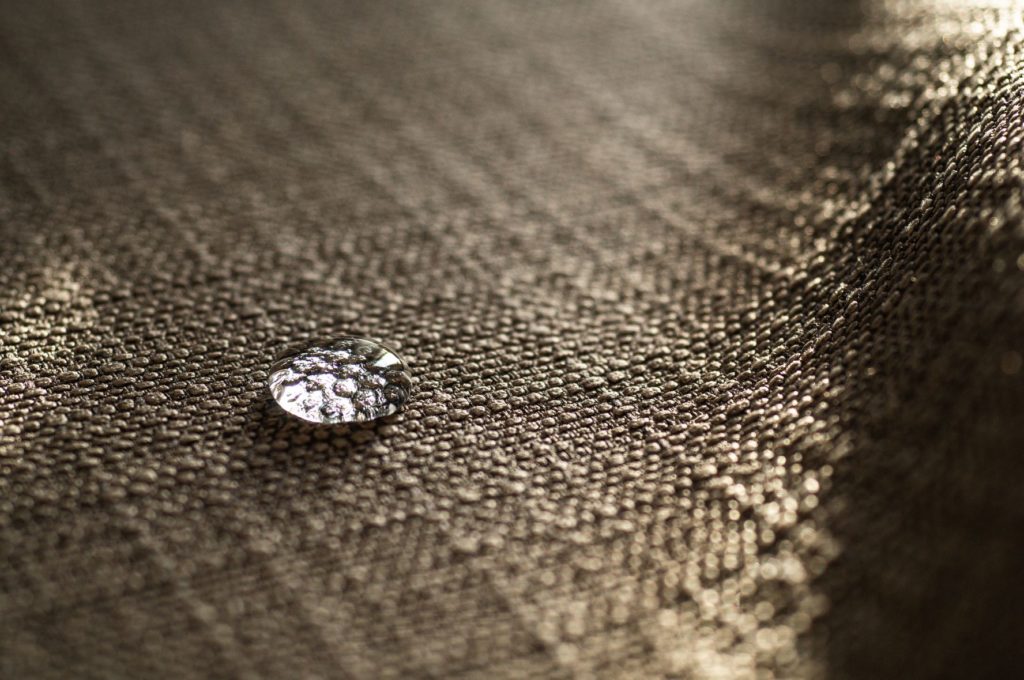
What Is Anti Bacterial Coating?
Antibacterial coatings are used to prevent the growth of bacteria. They are made of different types of substances that are designed to repel bacteria and inhibit their growth. These coatings are safe to be used on surfaces and are not harmful to the surrounding environment. These substances are available on many products, including medical devices. They have several uses in our lives, including making us more sanitary and providing us with convenience.
Antimicrobial coatings are safe
Antimicrobial coatings are a great option for businesses that use outdoor surfaces. They provide a solid defense against microbial attacks, and they inhibit the growth and development of harmful microbes that can cause infection and other problems. They are also useful for outdoor applications because they protect against fungi. Antimicrobial coatings may be self-cleaning or include antimicrobial ingredients.
The use of antimicrobial coatings reduces the amount of time and money spent on cleaning. They also reduce the need for harsh cleaning agents and disinfectants, which can have negative environmental impacts. In addition, antimicrobial coatings are certified environmentally safe.
They reduce the bacteria’s presence
Antibacterial coatings prevent the growth of bacteria by inhibiting their growth on surfaces. To achieve this, these coatings are treated to expose the antibacterial ingredients, which are usually Ag particles. In order to identify the distribution of these particles, the antimicrobial coating must be tested by FESEM or EDX. These tests will reveal whether antibacterial coatings have reduced the presence of bacteria.

A study on bare and coated surfaces found that bacteria colonies were lower on coated surfaces. The antimicrobial effects were stronger after prolonged immersion. After nine days, bacteria colonies on coated surfaces had significantly decreased. This was due to the longer interaction of bacteria and coated surfaces. The study also demonstrated that coatings containing 15 wt% of ZIF-8 decreased the presence of bacteria compared to bare surfaces.
They resist fungal growth
Anti bacterial coatings are resistant to bacterial growth and fungus. They also offer validated protection against microbial attacks. These products can be used for many purposes and provide protection against unwanted microbes, which can infect or degrade products. These products are also effective in protecting against fungi which is crucial for outdoor applications. These coatings offer many benefits, and market growth is influenced by many factors.
There are many antimicrobial actives available, including isothiazolinone treatments, silver, and quaternary ammonium compounds. Isothiazolinones have a lower effectiveness against bacteria than they do against fungus. Combining antimicrobials with other actives can improve their antimicrobial performance. Synergistic combinations can save money while delivering superior antimicrobial performance.
They inhibit the growth of bacteria
Anti-bacterial coatings prevent the growth of bacteria colonies by preventing them from spreading through surfaces. This coating inhibits bacteria by inhibiting their enzymes, membranes, and protein structure. This technology’s effectiveness varies depending on the strain of bacteria tested. To inhibit bacterial growth, it is better to use a passive coating. Passive coatings may not be as effective as active coatings.
A thorough understanding of the biology and pathogenesis of bacterial infections is necessary to rationally design antibacterial coatings. Infection is a complicated process that involves bacterial adhesion. This is a crucial step in biofilm creation and bacterial colonization. To understand the initial adhesion events, extensive experimental and theoretical research has been conducted. The initial adhesion event is highly dependent on the surface topology and hydrophobic/hydrophilic properties of the surface.
They are effective against a wide variety of pathogens
Antibacterial coatings are designed to protect surfaces from bacteria, fungi and viruses. They have been shown that they significantly reduce viral contamination compared to non-coated surfaces. These coatings have many benefits. This article will discuss some of them and the importance of considering them in your home or office.
These coatings are biocidal which means they can kill bacteria that is resistant to antibiotics. Antimicrobial coatings are particularly important in hospitals, where antibiotic resistance is increasing. It is important to look for an alternative method of eliminating bacteria. These antimicrobials should be able to work in a different way than systemic antibiotics, in order to avoid cross-resistance.
They are widely used in medicine.
Antimicrobial coatings are used in many areas of medicine. These coatings are useful in biomedical devices, and can help prevent infection. Infection is the number one killer in the world, and biomedical devices are among the most common sources of infection. Biofilms can form on these devices, which can lead to infection. Biofilms can cause antibiotics not to work properly and may result in the need for a patient to be removed from the biomedical device. Antibacterial coatings can help prevent biofilm formation on implants, reduce the number of infections and mitigate derived complications.
Despite the advancement in medical technology, infections related to biomedical devices remain a major concern. These infections can be mild or severe, but can also cause long hospital stays and even death. Each year, there are 80,000 cases of bloodstream infections in the United States alone. A mere 0.5% of pacemaker patients develop serious infections. Antimicrobial coatings in medicine are becoming more popular.
